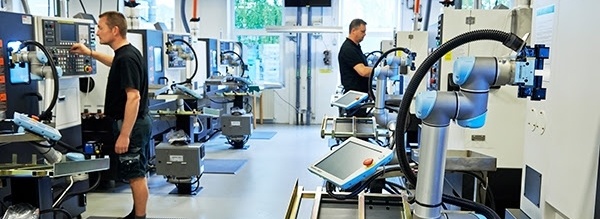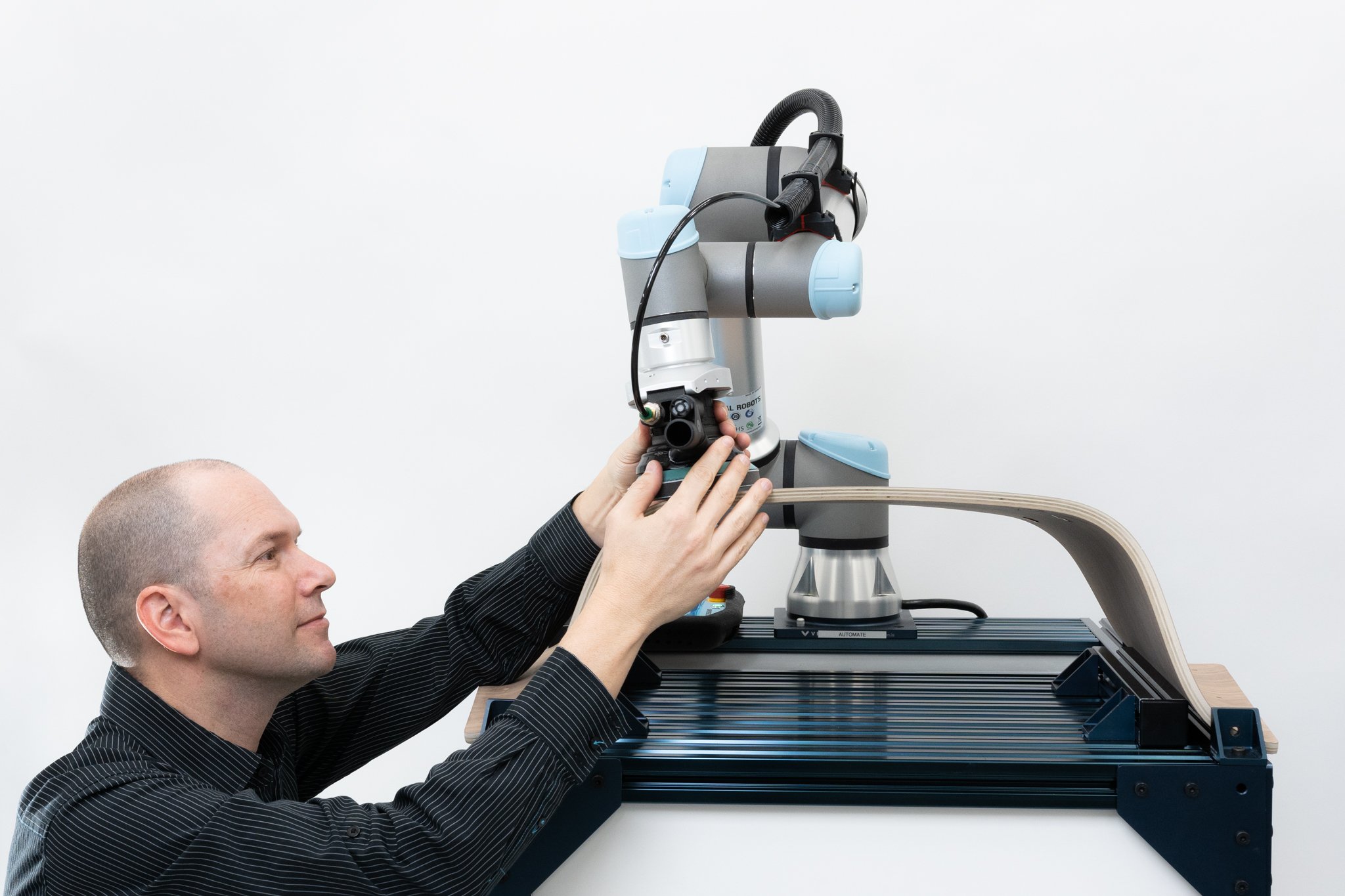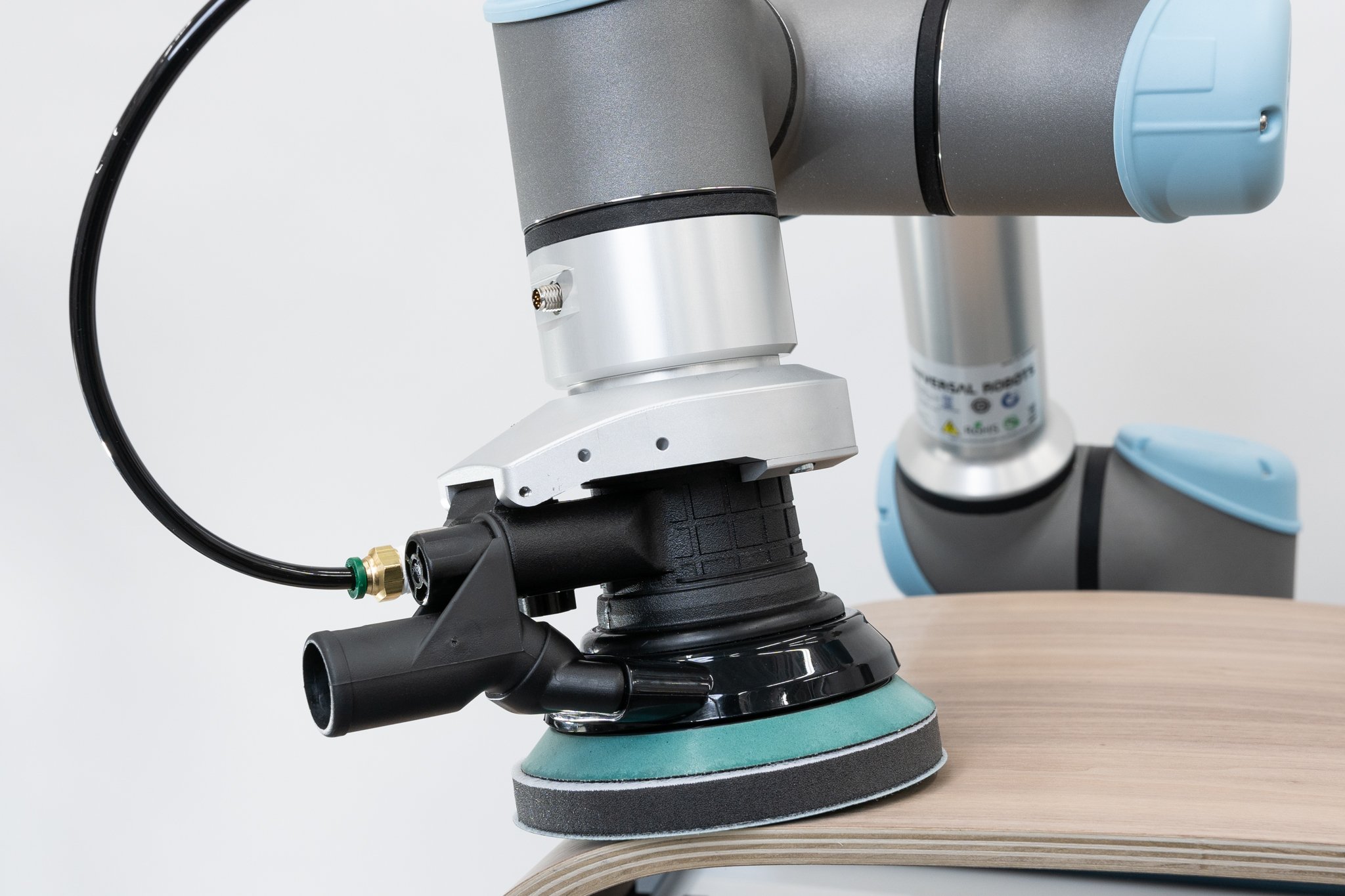How Much Robotics Expertise Does a Business Need?

Posted on Feb 14, 2017 7:00 AM. 6 min read time
You've decided to use robots. But, how much robotics expertise do you need? Let's make it easy to assess your robotics needs.

You don't need me to tell you that robots can revolutionize your business. Perhaps you have just set your 2017 robotics goals and decided that this is the year to get started with robotics. It is now easier than ever to incorporate robotic technology. Collaborative robots have significantly lowered the bar of entry.
But, with new technology comes a difficult question: How much do I need to train my workforce?
In-house robotics expertise has great advantages over the alternatives. However, before you can go ahead with training you need to assess the robotics needs of your business, and that means Business Analysis. If you are like most people, those two words probably fill you with dread. Business Analysis.
You know that analysis is important step. But, doesn't it take a lot of time? Where do you even begin?
Robotics Expertise Affects the Whole Business
In-house robotics expertise touches many parts of a business. It's not just about technology. Robotics training is influenced by your overall business goals, your plans for growth, and various internal and external resources.
As you consider how much robotics expertise your business needs, you will have to answer questions like:
- Why is robotics important for my business at this precise moment? — A decision to move to robotics expertise requires you to ask which business needs will be met by robotics. This involves conducting a Business Needs Analysis and aligning it with your company's goals.
- Do any of my workforce already have robotics-relevant skills? — Some of the workforce will already have relevant skills. Robotics has a whole range of skill sets. It is not as simple as just looking for workers who are "trained robot operators." For this, you need to conduct a Capability Assessment on robotics-relevant skills.
- Which resources will affect the move, both within the business and externally? — Robotics expertise interacts with several resources within the business, including technology resources, personnel resources, time and budget resources, and even social resources (after all, we're talking about expertise here). This requires some Resource Planning.
In the past, answering these questions would have taken a lot of work. Almost all of that work would have been involved in learning the business techniques in the first place, to allow you to answer the questions.
Let's face it, very few of us have enough time for that.

A Simpler Approach to Assessing Robotics Needs
Here at Robotiq, we want to make it as easy as possible for you to start training your own team of in-house robotics experts.
We have created a series of eBooks to help you out. We've taken key business skills, applied them to robotics expertise and thrown away anything which doesn't affect robotics.
The result? A clear, straightforward process which you can apply immediately to your own business.
The eBooks are arranged into 10 modules. Together they guide you through the whole process of developing a robotics team, from assessing your business needs, to planning your robotics training, to measuring the effectiveness of training.
The first three modules tackle the basics of assessing your business:
- Why You Need In-House Collaborative Robot Expertise — The first module gives an overview of in-house robotics expertise. In the past, such expertise was hard to justify from a business perspective. That has all changed thanks to collaborative robotics.
- Efficient Meetings and Project Management — The second module briefly discusses holding efficient meetings. You will probably be eager to get started, but this short module is necessary before you do. Moving to in-house robotics expertise requires a several different meetings with your team, which need to be handled efficiently.
- What Robotics Expertise Do You Need? — Now, it's time to get down to business! In the third module, you'll assess the overall needs of your business, as well as the available resources and current use of robotics.
At the end of these first three modules, you'll be ready to move onto the next stage which will look at planning and implementing robotics training.
Click the button at the end of this post to download the first eBook now.
 Assessing the Big Picture of Your Business
Assessing the Big Picture of Your Business
But first, let's have a look at what you'll find in module three (the first hands-on module): "What Robotics Expertise Do You Need?"
Why Robotics? Why Now?
In the module, you will begin by assessing your overall business needs — your hopes and desires for the future development of the business. This is not exactly the same as your ongoing business plan, but there are certainly some crossovers. The big difference is that we are looking specifically at robotics and how it affects your long term business goals.
What do you want to achieve by introducing in-house robotics expertise? What fundamental business needs are you trying to fulfill?
The module gets you to focus on "big-picture" business goals and then concentrate these into specific goals. You will later turn these into a clear, actionable training plan.
How Much Robotics Expertise Do You Have Already?
There are likely to be members of your team who have robotics-relevant skills, whether or not they have had formal training in robotics. The module defines some relevant capabilities and provides a method to define which of these skills contribute to your robotics goals.
What Resources Do You Have?
Your available resources will affect how much you can achieve in the move to in-house robotics expertise. Technology resources are the most obviously related to robotics. However, time, budget, personnel and social resources will have more of an effect on the success of your goals. In the module, you will assess your most valuable resources and which resources place the most restrictions on you.
How to Move Away from Outsourcing
The main alternative to in-house robotics expertise is outsourced robotic integrators. If you already use outsourcing, the module provides a way of estimating how much budget and time you spend in all your interactions with them. This provides a basis for comparison between in-house expertise and outsourcing. Also, make sure to check out our blog article "In-house vs Outsourcing: How to Source Robotics Expertise."
Are you considering a move to in-house robotics expertise? Just download the first module to get started!
Pre-register for part 2 that will be published shortly!
What do you hope to achieve by introducing robotics expertise to your business? What are your top business goals this year? Which resources are your biggest assets? Tell us in the comments below or join the discussion on LinkedIn, Twitter, Facebook or the DoF professional robotics community.









Leave a comment